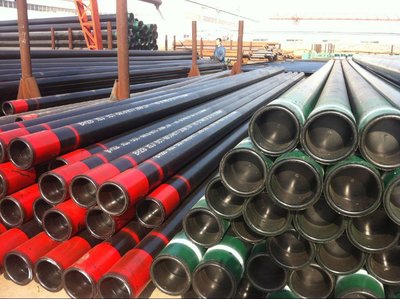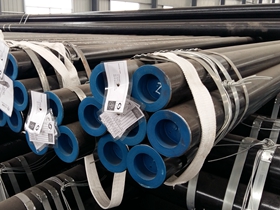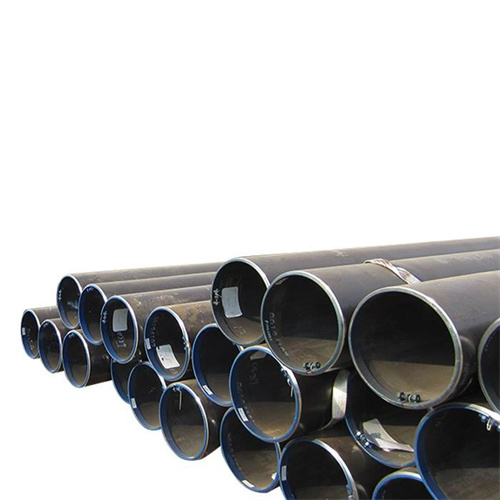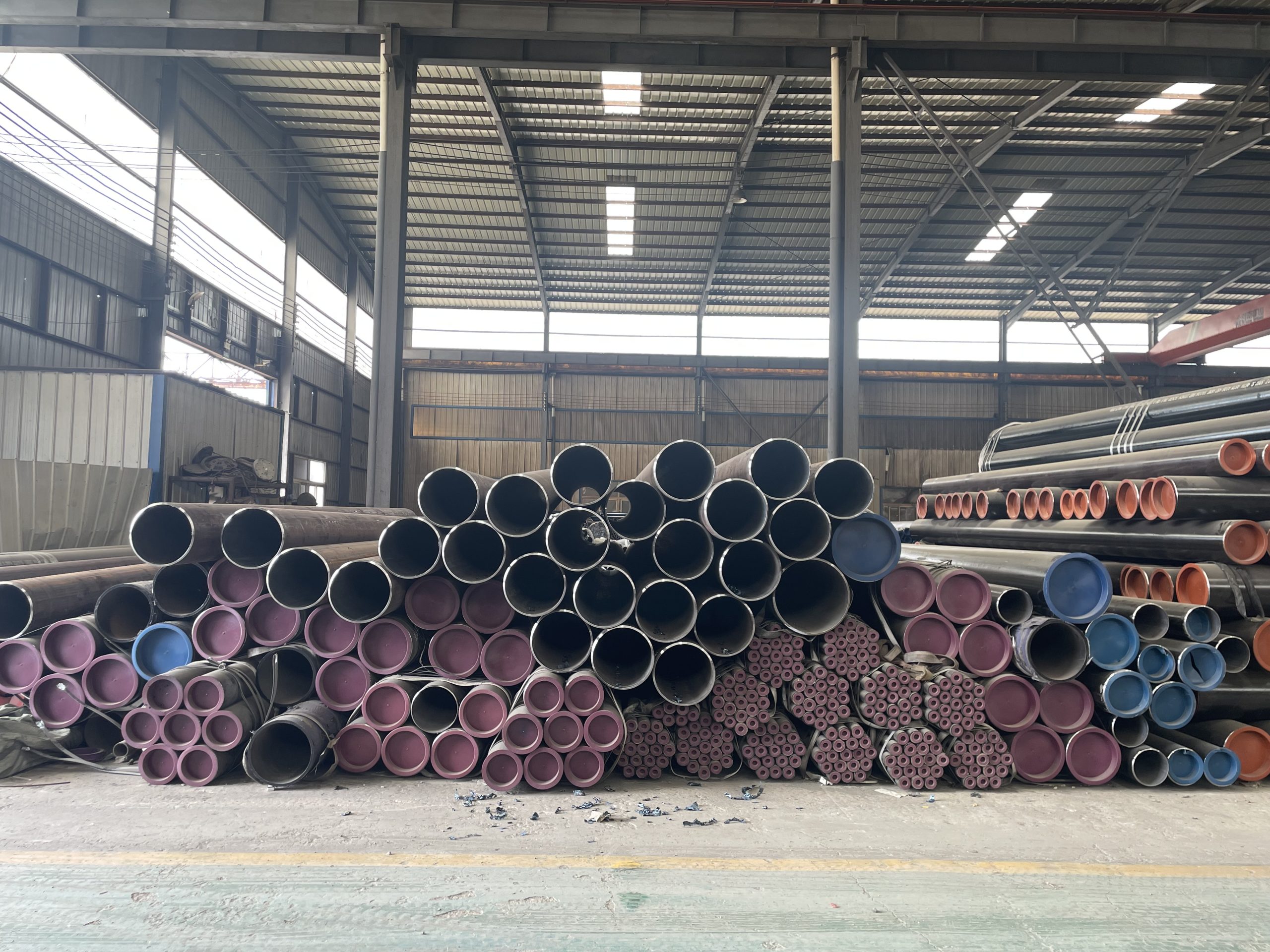Pros and Cons of Welded steel Pipe
Steel pipes are essential components in various industries, including construction, Oil and gas, and manufacturing. When it comes to choosing between welded and Seamless steel pipes, there are several factors to consider. In this article, we will explore the pros and cons of welded steel pipes to help you make an informed decision.
Welded steel pipes are made by Welding a steel plate or coil into a cylindrical shape. The welding process involves heating the edges of the steel and then pressing them together to create a strong bond. One of the main advantages of welded steel pipes is their cost-effectiveness. Welded pipes are generally cheaper to produce than seamless pipes, making them a popular choice for projects with budget constraints.
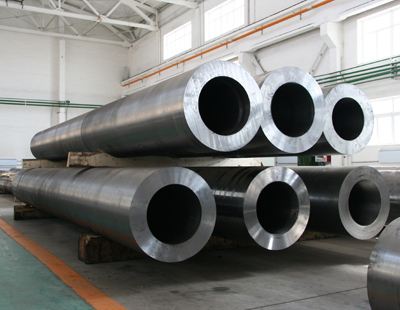
tapered steel tubeAnother benefit of welded steel pipes is their availability in a wide range of sizes and shapes. Welded pipes can be manufactured in various diameters and thicknesses to meet the specific requirements of different applications. This versatility makes welded steel pipes suitable for a wide range of uses, from transporting fluids to structural support in buildings.
Despite their cost-effectiveness and versatility, welded steel pipes also have some drawbacks. One of the main disadvantages of welded pipes is the potential for defects in the weld seam. During the welding process, impurities can be introduced into the weld, leading to weak spots that may compromise the integrity of the pipe. To mitigate this risk, welded steel pipes undergo rigorous quality control measures to ensure that they meet industry standards.
Another downside of welded steel pipes is their susceptibility to corrosion. The heat-affected zone around the weld seam is more prone to corrosion than the rest of the pipe, making welded pipes more vulnerable to rust and degradation over time. To address this issue, welded steel pipes are often coated with protective materials to enhance their resistance to corrosion.
In terms of strength and durability, welded steel pipes are generally considered to be on par with seamless pipes. The welding process creates a strong bond between the steel plates, resulting in a pipe that can withstand high pressure and temperature conditions. However, the presence of the weld seam may introduce stress concentrations that could potentially weaken the pipe in certain applications.
In conclusion, welded steel pipes offer a cost-effective and versatile solution for various industrial applications. While they may have some drawbacks, such as the potential for defects and corrosion, these issues can be mitigated through proper quality control and maintenance practices. Ultimately, the choice between welded and seamless steel pipes will depend on the specific requirements of your project and budget constraints. By weighing the pros and cons of welded steel pipes, you can make an informed decision that meets your needs.
Advantages of Seamless steel pipe
When it comes to choosing the right type of steel pipe for your project, there are two main options to consider: welded and seamless. While both types have their own set of advantages and disadvantages, seamless steel pipe is often preferred for certain applications due to its superior quality and performance.
One of the main advantages of seamless steel pipe is its uniformity in structure. Seamless pipes are made by piercing a solid billet of steel through a mandrel to create a hollow tube. This process ensures that the pipe has a consistent Wall thickness and smooth interior surface, which is essential for applications that require high pressure or temperature resistance.
In contrast, welded steel pipes are made by welding together multiple pieces of steel to form a continuous pipe. While this method is more cost-effective and can be used for a wide range of applications, welded pipes are more prone to defects such as weld seams and internal stress points. These imperfections can weaken the pipe and make it more susceptible to leaks or failures over time.
Another advantage of seamless steel pipe is its strength and durability. Because seamless pipes are made from a single piece of steel, they are inherently stronger and more reliable than welded pipes. This makes seamless pipes ideal for applications that require high levels of structural integrity, such as in the oil and gas industry or in high-pressure hydraulic systems.
Additionally, seamless steel pipes are more resistant to corrosion and oxidation than welded pipes. The seamless manufacturing process eliminates the need for any welding, which can introduce impurities and weaken the pipe’s resistance to environmental factors. This makes seamless pipes a better choice for applications that require long-term durability and reliability.
Furthermore, seamless steel pipes are easier to install and maintain than welded pipes. Because seamless pipes have a smooth interior surface, they offer lower friction and resistance to fluid flow, which can help to improve overall system efficiency. Additionally, seamless pipes do not require any additional welding or fittings, which can reduce the risk of leaks and failures in the system.
In conclusion, seamless steel pipe offers a number of advantages over welded pipe for certain applications. Its uniform structure, strength, durability, and resistance to corrosion make it a preferred choice for high-pressure and high-temperature applications where reliability is paramount. While welded pipes may be more cost-effective and versatile, seamless pipes are often the best option for critical systems that require superior performance and longevity.

